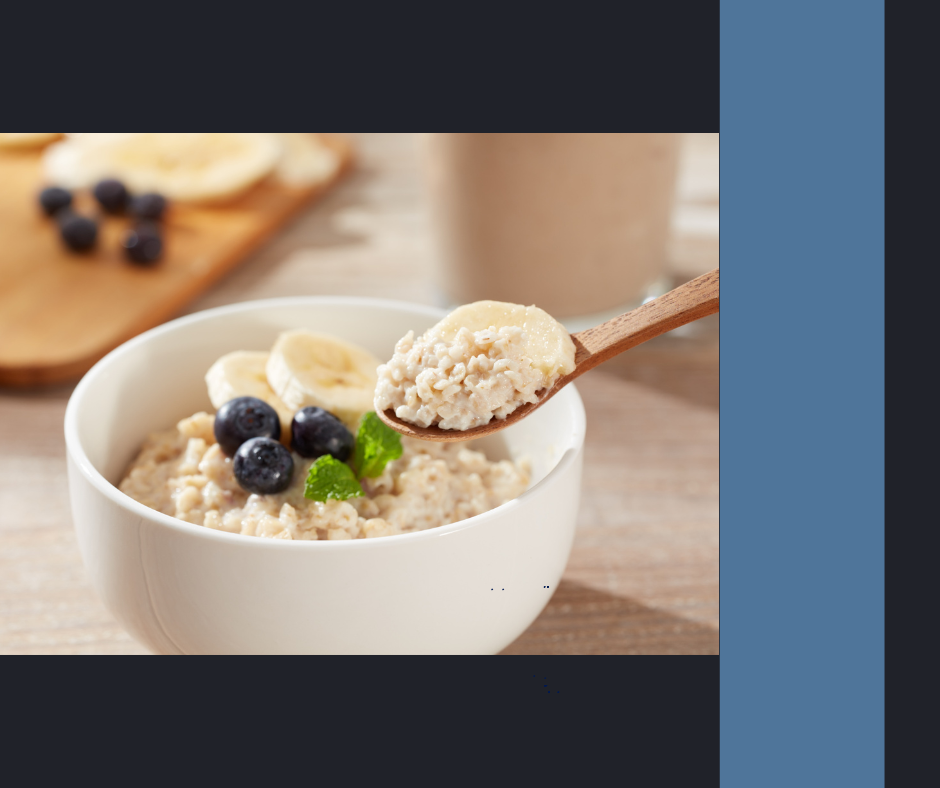
How to Integrate Long-Term Food Storage into Your Everyday Diet
Share
When most people think of long-term food storage, they picture dusty buckets of beans and rice tucked away in the basement—supplies you only touch when disaster strikes. But here’s the truth: if you’re storing food, you should also be using food.
Why? Two reasons:
1. Rotation keeps food fresh. Using what you store prevents waste and saves money.
2. Practice makes perfect. In an emergency, you won’t have time to experiment with unfamiliar ingredients. By cooking with your storage now, you’ll already know what your family likes—and how to prepare it.
The bonus? Staples like beans, rice, oats, and wheat berries are also incredibly healthy and affordable, making them a smart part of your everyday diet.
Step 1: Start with Staples You Already Store
Most long-term food storage includes:
- Rice (white stores longest, brown is more nutritious but shorter shelf life)
- Beans (pinto, black, kidney, navy, etc.)
- Oats
- Pasta
- Wheat or flour
- Powdered milk
- Sugar, honey, or salt
Pick two or three items you already have stored and begin working them into your weekly meal plan.
Step 2: Rotate Through Easy Everyday Meals
Here are some simple, family-friendly ways to use storage foods regularly:
- Rice & Beans: Classic combo—season with garlic, onion, cumin, and a little salsa. Add cheese or avocado if you have it.
- Homemade Soups: Toss beans, lentils, or barley into soups and stews. A little goes a long way in adding protein and fiber.
- Overnight Oats: Mix rolled oats with powdered milk (or fresh), dried fruit, and honey. Perfect breakfast or snack.
- Bread & Tortillas: Learn to bake bread or make tortillas with stored flour or wheat. This is a survival skill and a money-saver.
- Rice Bowls: Pair rice with frozen or canned veggies and whatever protein you have on hand—chicken, eggs, or beans.
Step 3: Build “Food Storage Fridays” (or Any Routine)
Choose one day a week (like “Food Storage Friday”) to intentionally cook a meal that uses at least one or two items from your storage. This creates a habit of rotation without overwhelming your normal meal planning.
Step 4: Experiment Now, Not Later
If your family has never eaten wheat berries, powdered milk, or dry beans from scratch—don’t wait until an emergency to figure it out. Practice cooking them, try different seasonings, and learn which methods your family enjoys.
Some examples:
- Use a slow cooker or Instant Pot to make cooking beans easier.
- Try grinding wheat into flour and baking bread.
- Mix powdered milk into smoothies or pancakes—it blends better than you’d think!
Step 5: Add Freshness & Variety
Long-term staples are filling but can feel bland without extras. Pair them with:
- Canned or frozen veggies
- Dried fruit
- Spices & seasonings (salt, pepper, garlic powder, chili powder, cinnamon, etc.)
- Cooking oils (rotate through olive oil, coconut oil, or shortening for shelf stability)
These small additions make food storage meals feel like real meals, not just survival food.
5-Day Meal Plan Using Food Storage Staples
This plan uses common long-term storage items like beans, rice, oats, pasta, flour, and powdered milk, with optional fresh or frozen produce for extra nutrition. Each day includes breakfast, lunch, and dinner, all under 30–40 minutes of prep (or crockpot-friendly).
Day 1
- Breakfast: Overnight oats with powdered milk, honey, and dried fruit
- Lunch: Rice & bean burritos (rice, pinto beans, spices, flour tortillas)
- Dinner: Lentil soup with carrots, onion (fresh or dehydrated), and bread from stored flour
Day 2
- Breakfast: Pancakes made with flour and powdered milk, topped with jam or honey
- Lunch: Chickpea salad (chickpeas, canned/fresh veggies, simple vinaigrette)
- Dinner: Rice bowl with black beans, canned corn, and salsa
Day 3
- Breakfast: Oatmeal with cinnamon, sugar, and dried apples
- Lunch: Pasta with tomato sauce (use dehydrated tomatoes or canned sauce) and powdered Parmesan
- Dinner: Chili made with kidney beans, pinto beans, and rice on the side
Day 4
- Breakfast: Powdered milk smoothie (milk powder reconstituted, plus peanut butter and a spoon of cocoa or dried fruit)
- Lunch: Bean & veggie soup with crackers or cornbread
- Dinner: Fried rice with eggs (or scrambled tofu), soy sauce, and frozen veggies
Day 5
- Breakfast: Homemade bread with peanut butter and honey
- Lunch: Rice salad with black beans, canned tomatoes, and spices (served cold or warm)
- Dinner: Pasta & bean stew (white beans, pasta, carrots, broth made from bouillon)
📝 Tips for Success
- Batch cook beans & rice. Make large portions at the start of the week, then use them in different meals.
- Spices are key. Garlic, cumin, chili powder, cinnamon, and Italian seasoning make all the difference.
- Mix fresh with stored. Whenever possible, add fresh or frozen veggies for variety and nutrition.
The Bottom Line
Preparedness isn’t just about stockpiling—it’s about living prepared. By working beans, rice, and other storage staples into your everyday meals, you’ll save money, eat healthier, and ensure your family knows exactly how to use your food storage if disaster strikes.
Start small: pick one item from your food storage and use it this week. Little by little, you’ll build a lifestyle of preparedness that’s practical, sustainable, and nourishing.
Other Articles of Interest
On a Tight Budget: What to Prioritize First
How to Use Long Term Food Storage (25 recipes included)
